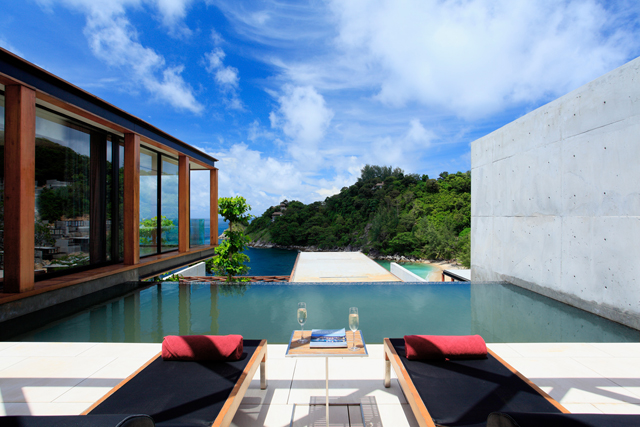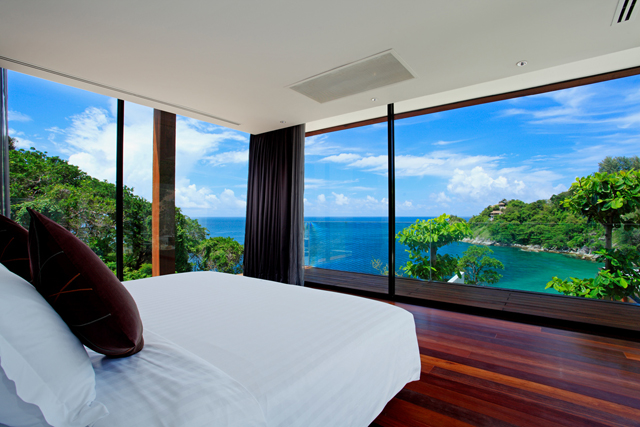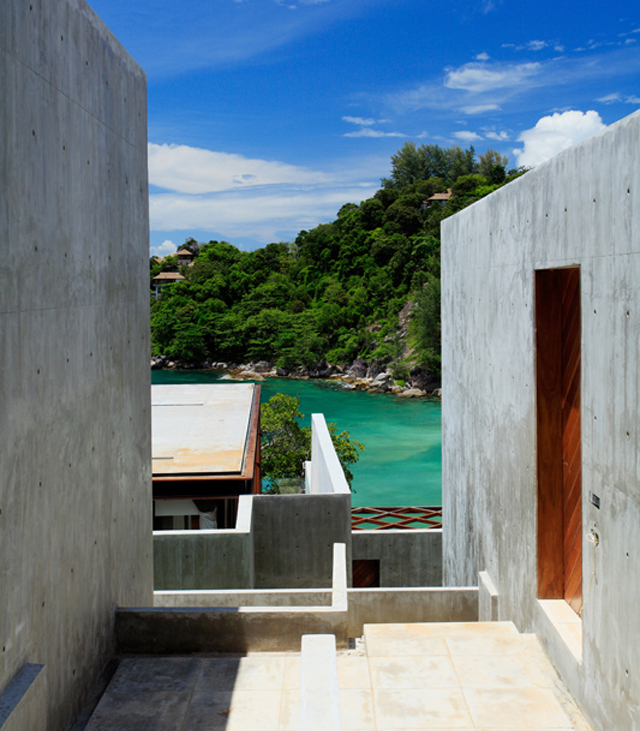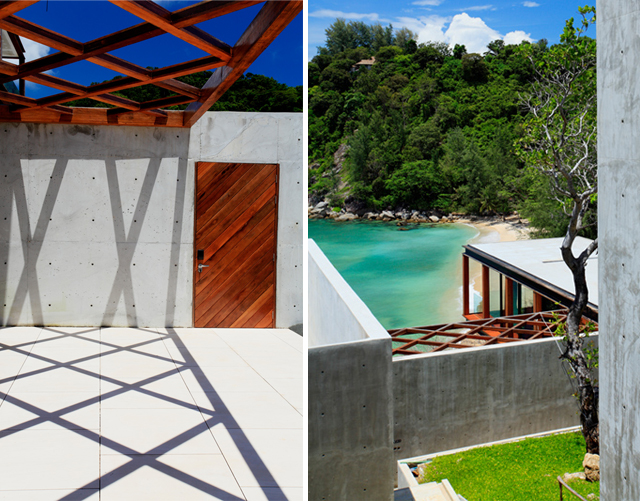The Naka Phuket, Thailand
/Hidden in an ancient valley on the western edge of Phuket, The Naka is Duangrit Bunnag’s most daring hotel to date. Not only because the Bangkok-based architect, Duangrit Bunnag, set out to redefine the idea of an indulgent island escape, but also because he single-mindedly followed a dream: one that would allow the hotel’s guests to float among the trees. The result is a discreet, tropical hideout, with 94 glass-built villas cantilevering out from the mountainside to give endless panoramas of the sparkling Andaman Sea. With an outdoor pool attached to each of the secluded living spaces, guests have all the privacy they need to find their natural equilibrium. At the rooftop spa, which overlooks the forest and the ocean, cicadas provide the spellbinding soundtrack to soothing body scrubs and massages. Guests can also unwind in the hotel’s Olympic-sized infinity pool, or feel the powder-fine sand between their toes on the wave-lapped private beach. Fresh market produce is served at the hotel’s three restaurants, including The Nava, which sits along a natural watercourse that Bunnag integrated into his final design. Here, as with the rest of the hotel, there’s a sense of being cocooned in a secret valley. Design Hotels, the company who represents the Naka, walks us through the new property which will open it's doors this spring.
Designing The Naka should have been easy. The 1,740-acre plot provided plenty of space, and the valley location – complete with a private beach on Phuket’s west coast – was already postcard pretty. But Duangrit Bunnag, one of the best-known minimalist designers in Thailand, is a man who likes to challenge himself.
Instead of opting for traditional Thai bungalows or a blocky concrete high-rise, he created a forest of stone- and glass-built villas. Soaring away from the mountainside, these spacious and simplistic pods give guests 180-degree views of the sand-edged shoreline.
“I wanted to create something different, and nobody has ever dreamt of that in Thailand,” Bunnag said. “Actually nobody has done that in the whole world: a six-meter cantilever of the whole room.”
Rather than uprooting the valley’s trees to make way for his ambitious villas, Bunnag decided to use them as a guide. If his plans overlapped with a mature tree, he would either change the dimensions of the building, or move it to another part of the plot entirely.
The result is that the villas appear scattered across the valley, with well-established trees – many of them more than 50 years old – sprouting up from the gaps in between. In order to support the local population of cicadas and butterflies, indigenous plant species were also added during construction.
At the center of The Naka are four wooden pavilions. The pagoda-like lobby is built around a series of upright columns, making the most of natural ventilation, while the onsite wedding chapel, accented by glinting black marble, welcomes couples through its semi-transparent façade.
Both the sweet-smelling spa and The Meka (a rooftop café 40 meters above sea level) offer views as far as Patong. This notion of being close to town yet sheltered from its day-to-day bustle is key to Bunnag’s concept.
He wants guests to know that they are cocooned in a secret valley, with total privacy guaranteed until they choose to go out in search of excitement.
Photography: Design Hotels









